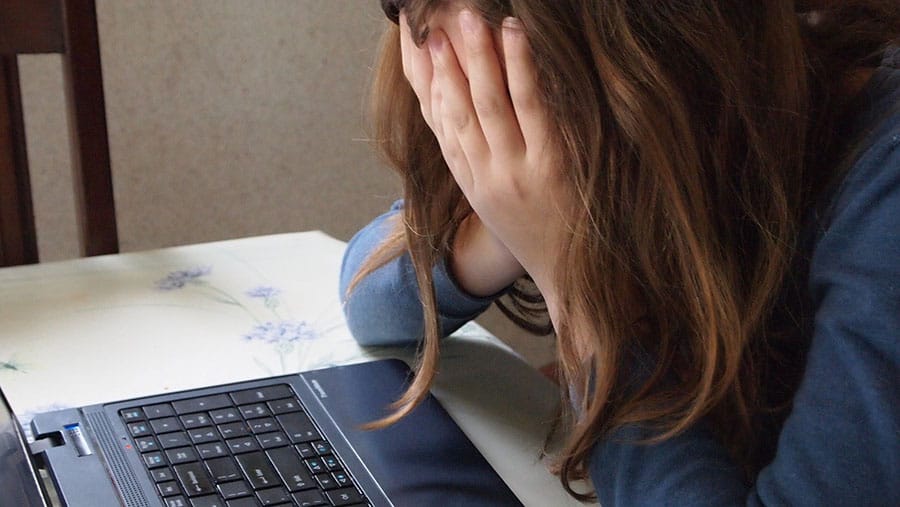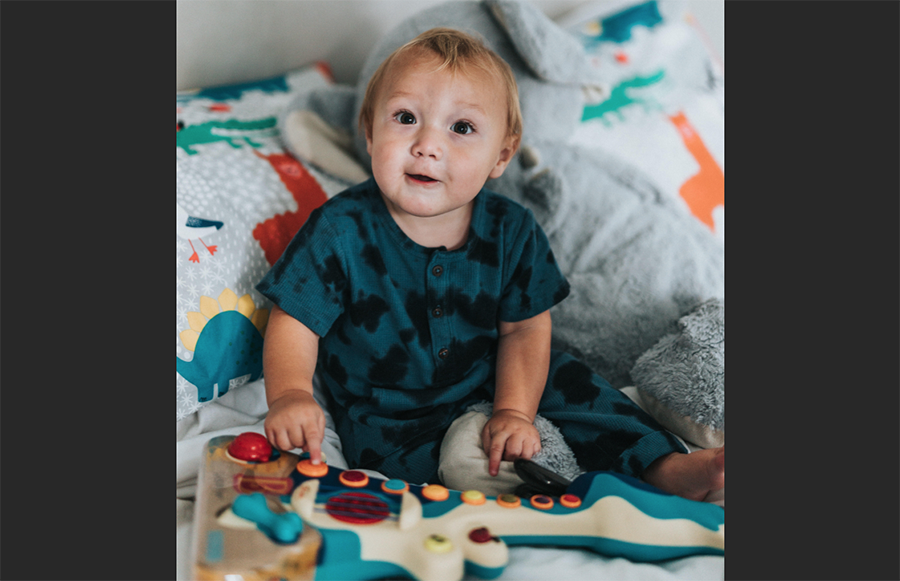
In a 2018 review of studies, Daniel Hoover, a child and adolescent psychologist at the Kennedy Krieger Institute in Baltimore, Maryland, and a colleague found that 40 to 90 percent of children with autism are bullied, compared with 10 to 40 percent of typical children.
Why are Autistic Kids More Vulnerable to Bullying?
“There’s a kind of chronic potential trauma of being in a world where you understand 50 percent of what’s going on most of the time because you’re missing all these social cues, so you’re feeling constantly out of the loop and having chronic stress around that,” says Connor Kerns, a psychologist who runs the Anxiety Stress and Autism program at the University of British Columbia in Vancouver, Canada.
Thomas Frazier, Autism Speaks Chief Science Officer, is a clinical psychologist and autism researcher whose son was diagnosed with autism spectrum disorder when he was two years old.
According to Frazier, oftentimes children with disabilities present an innocent or passive demeanor that renders them non-threatening to a bully. The last thing bullies want is to get caught. So they search for victims who are softer targets and who are unlikely to assert or defend themselves.
What’s more, bullies would sooner target a kid with autism than a student who is in a wheelchair. That’s because it is socially unacceptable to target those with obvious physical disabilities. The bully understands that it won’t be seen as “a fair fight.” On the other hand, those with a more “hidden” disability such as autism are fair game.
Another reason that autistic children are more susceptible is that they have difficulty reading others’ intentions and therefore may interpret the bullying as nothing more than harmless joking around. Misunderstanding those intentions and perspectives lies at the core of autism and often leads to very painful situations.
An experienced bully knows that autistic kids often cannot verbally defend themselves, lack fundamental problem-solving skills, and will probably be unable to relate the bullying episodes accurately to an adult. This allows the bully to attack the victim with practically a guarantee of impunity.
Identifying bullying is often difficult, and even more so with autistic children. Their speech may be limited or they may be unable to adequately communicate their experiences. Nonetheless, you need to look for signs of physical harm, behavioral changes, or emotional extremes such as withdrawal or outbursts.
Bullying’s Amplified Impact on Autistic Children
“Children with autism who have experienced maltreatment or some form of violence are a very vulnerable population, not only because they’re more likely to experience these maltreatment experiences, but we also know very little about how to best support them,” says Christina McDonnell, assistant professor of clinical psychology at Virginia Polytechnic Institute and State University in Blacksburg.
Studies show that children who are introverted or anxious are even more likely to experience trauma from maltreatment than are those who are more extroverted and socially active. And the problem may become even further exacerbated when the child is without a social network.
Ironically, autistic children without an accompanying intellectual disability may be even more vulnerable, experts say. This is because they are more aware of their social deficit and sensitive to it than are those who have intellectual disabilities.
According to Frazier, “As with any person, the long-term effects of bullying can be a decreased sense of self-worth, sadness, anger and other negative feelings. This can increase the risk for depression, anxiety, and suicide. That is why, in addition to teaching all children not to engage in bullying behavior, it is key to teach all children how to be resilient and stand up to bullying.” And autistic children are at even greater risk.
5 Strategies for Prevention and Repair
1. Parental Intervention to Help Protect the Child from Being Bullied
- Inform school officials if you hear about your own child being bullied.
- Encourage out-of-classroom playtime with others to help your child make friends.
- If necessary, have the child remain close to supervisors at lunch and recess.
- Don’t allow your child to take valuables or money to school.
- Ensure that your child knows where the school’s safe places are.
2. Support and Love in the Home
Your autistic child needs support and additional expressions of love at home if he/she is being bullied at school. Calm and caring conversations with you will help your child feel loved and supported. Help your child to understand what bullying is. For example, you could use role-play or cartoon strips, or social stories to show your child the difference between bullying and misunderstandings.
3. Discuss Bullying with your Autistic Child
If you suspect that your child is being bullied, you need to find out what’s happening by listening to and talking with your child. Once you know more, you can contact the school to take the necessary actions to help protect your child. If your child’s speech is limited, you ask him/her to either draw, point to pictures, or show you what’s the problem.
4. How Teachers Can Help Prevent Bullying
Teachers are generally on the front lines when bullying occurs in school. This presents them with the obligation and opportunities to do what they can to help an autistic child avoid being bullied or to escape a bullying situation.
- Encourage the bullied student to talk about what happened.
- If the student cannot verbalize it, use writing, journaling, or drawing methods.
- Calmly talk to other kids who witnessed the situation about what happened.
- Meet with the bully and encourage an apology.
- Do NOT insist that the two kids “make-up” before speaking with the bully.
- Create a buddy system, and assign a friend to walk the autistic child to classes.
- Keep vulnerable children away from situations where bullying could happen.
5. Education
a. Other Children
According to Thomas Frazier, “Education is the best defense. Teachers can keep their eyes open, but they will need other students to identify bullying in real-time. Educating the entire class about bullying has proven to be an effective approach to managing these situations. Encourage classmates to recognize and report or directly defuse bullying.”
b. The Autistic Child
In addition, it is important to train autistic children in how they can help to defuse and deflect bullying. Ironically, agreeing with teasing and ignoring taunts is often quite effective. This is because agreeing with the teasing in some way can catch the bully off-guard and defuse the attack by denying the bully reinforcement for his/her actions.
c. Adults
Although adult intervention is important, it has been shown to make matters worse. Studies have shown that having peers intervene can have a much greater impact on both the bullies and the victims than when an authority figure such as a teacher or principal gets involved.
Give that Priceless Gift
Bullying can heighten any student’s anxiety, cause him/her to feel unsafe, and weaken academic performance. These concerns are exacerbated for students on the autism spectrum. Every child, in order to be successful in school and in life, needs to feel safe. Without awareness, even the most well-intentioned parent or teacher won’t know what to do. By following these basic guidelines we can give autistic children priceless gifts.







